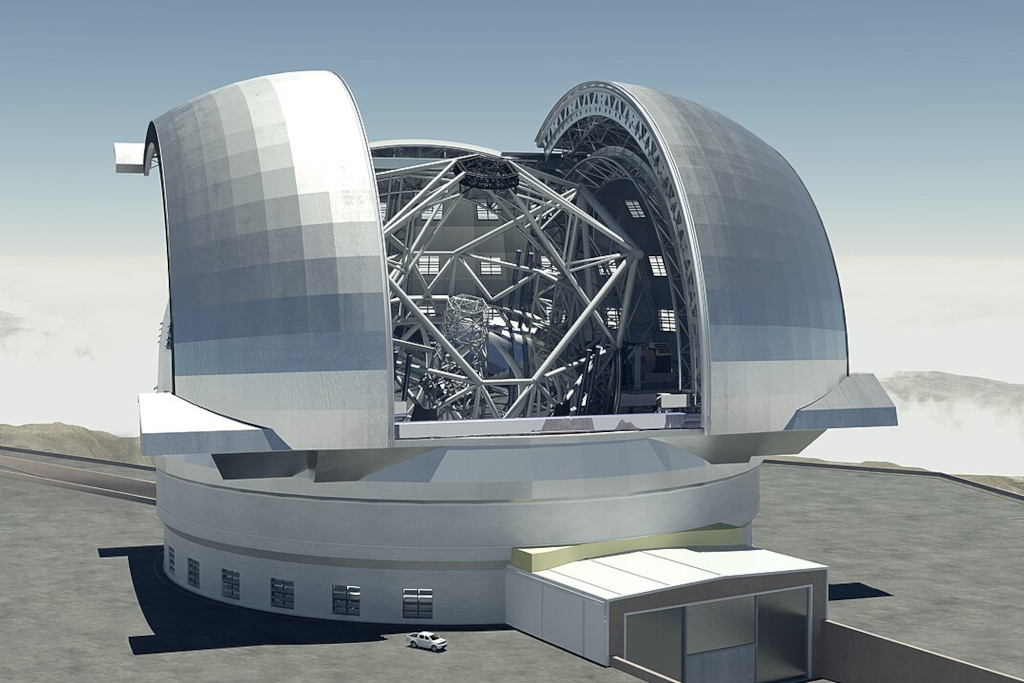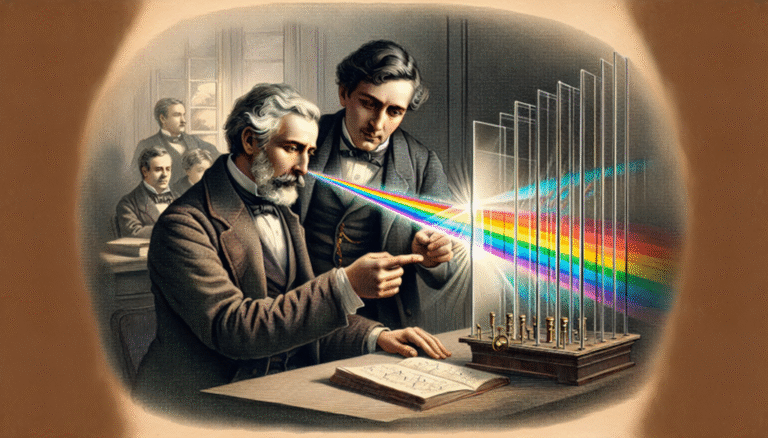Imagine trying to take a clear photo of flickering candlelight from across a football field — while standing in a swimming pool. That’s what astronomers face when observing stars through Earth’s turbulent atmosphere.
For decades, cutting-edge telescopes have battled one annoying truth: the wobbly air above us acts like a moving funhouse mirror, distorting light from even the brightest galaxies. But a new engineering marvel, the ESO’s Extremely Large Telescope (ELT), has an answer. And that answer involves five perfectly choreographed mirrors, each playing a critical role in capturing scenes from billions of light-years away — with unmatched detail.
An optical orchestra: The science of seeing better
At the heart of the ELT is a revolutionary five-mirror system. Unlike traditional telescopes, which rely on just one or two mirrors, the ELT’s precision setup allows it to not just capture more light — but to polish it, stabilize it, and correct it in real time.
Let’s peel back the dome and take a closer look at how these five mirrors work together to outwit the universe’s biggest optical hurdles:
1. The giant eye: Primary mirror (M1)
- Diameter of 39.3 meters — the largest optical mirror ever constructed
- Made of 798 individually controlled hexagonal segments
- Fine-tuned using edge sensors to keep its shape accurate to within nanometers
Think of it as a solar panel for starlight — except each “tile” is constantly adjusting itself to counter wind, gravity, or temperature shifts. Without that, the telescope would see fuzzy blobs instead of galaxies.
2. Bending the beam: The secondary mirror (M2)
This 4.25-meter convex mirror — the largest of its kind — isn’t just a light traffic cop. It narrows and redirects the light captured by M1, feeding it inward to the tertiary mirror for further sharpness.
3. Routing with precision: The tertiary mirror (M3)
Placed off-center, this mirror ensures the concentrated light reaches the right instruments for analysis. It’s the “elbow joint” of the system, carefully guiding light toward the game-changing next stage.
4. Fixing the atmosphere: The adaptive mirror (M4)
- Flat but flexible: powered by 5,000 actuators and magnets
- Moves up to 1,000 times per second
- Corrects for atmospheric turbulence down to a few tens of nanometers
Here’s where it gets magical — past telescopes like Italy’s LBT and the VLT in Chile already used early adaptive optics, but the ELT scales that idea up exponentially. M4 “listens” to distortions and instantly morphs to cancel them—like noise-canceling headphones, but for photons.
5. Locking the image: The tip-tilt mirror (M5)
- Keeps the image steady by constantly adjusting for lower-frequency motions like wind
- Moves up to 10 times per second
Even minor vibrations from motors or breeze through the dome can sway the beam of starlight. M5 keeps the final handoff stable, ensuring that what’s recorded by sensors is tack-sharp.
Why this matters: Seeing farther than ever before
In 2022, telescopes like NASA’s Webb Space Telescope broke records with their infrared views of the deep universe from space. But from Earth, nothing compares to what the ELT promises once fully operational by the end of the decade.
With this five-mirror system, the ELT will achieve diffraction-limited images — the theoretical sharpest image a physical telescope can produce. That means things like:
- Spotting Earth-sized exoplanets in habitable zones of distant stars
- Watching galaxy formation in the early universe
- Examining black hole environments like the one at the heart of the Milky Way
But here’s the twist: It’s not just size — it’s coordination
It’s easy to assume that seeing farther just means “build bigger.” But the ELT’s secret is a smarter design. By merging raw power (M1) with real-time adaptability (M4 and M5), its system becomes a kind of light-guiding choreography — delicate, fast, and far ahead of past instruments.
And every piece matters. Remember how, back in 2010, the Keck telescope’s imaging suffered from mirror misalignment caused by a small actuator failure? The ELT was built to avoid that kind of single-point weakness by weaving redundancy and real-time diagnostics into the system itself.
In the end, we’re not just building bigger telescopes
We’re learning how to listen better to the light of the cosmos. We’re not just scraping blurry shadows off the night sky — we’re correcting centuries of distortion, pixel by pixel, beam by beam.
The ELT and its five mirrors don’t just answer the question, “What’s out there?” — They ask something bolder: “What have we missed until now?”




Leave a Comment